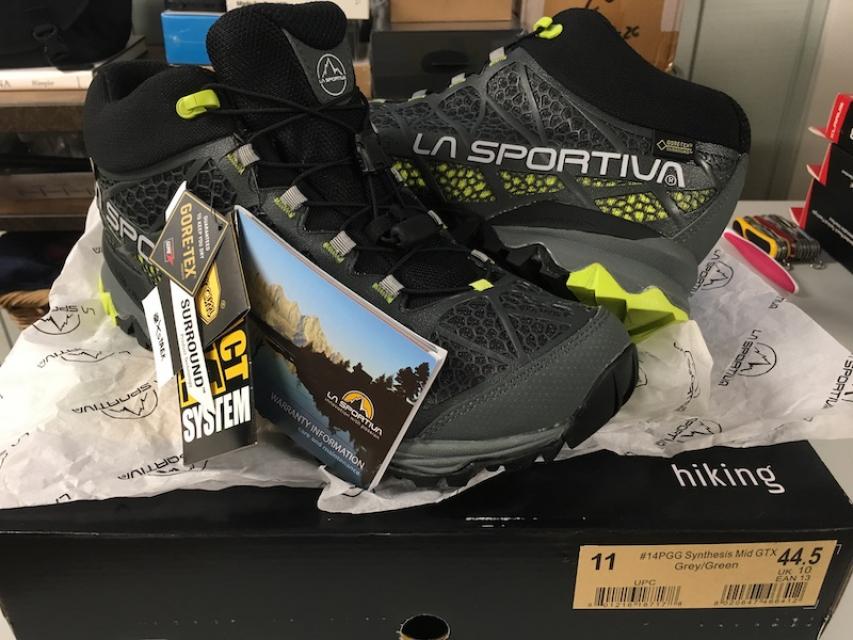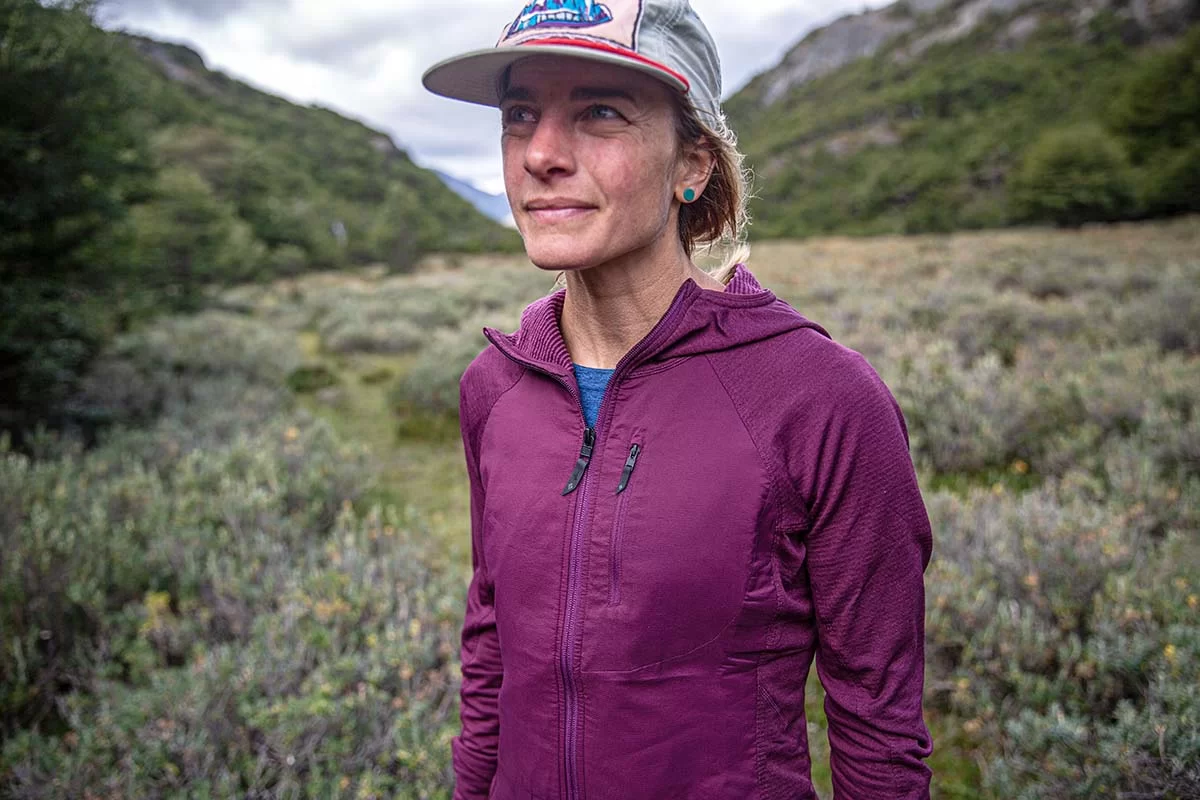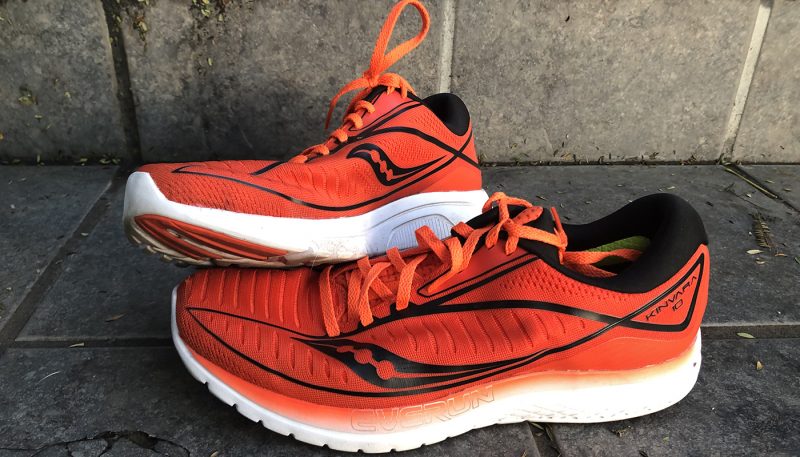Ride Quality
Borealis made an all season bike when they created the Crestone Pro. While some fat bikes make the already challenging task of mixed surface fat riding more difficult with their bulk and heft, Borealis went directly after those challenges creating a light and zippy ride where the stiff carbon frame matched to plush tires marries for an exhilarating ride. Less weight, petite frame size (many bikes in the class have substantially oversized tubes), proves less is more with the Crestone, as in more maneuverable, more dynamic, and more enjoyable. We rode a fully rigid set up, with carbon fork and wheels, and the result is a stiff ride (best to learn tires pressures so as to free up a little cushion), where your work at the pedals is quickly translated to the wheels. You can positively pounce on the climbs with the straight fork and frame launching forward like an XC bike.
Stiffness-to-Weight/Power Transfer
The Crestone Pro comes with Race Face Turbine Cinch 30-tooth aluminum cranks, which are compatible with the already stiff set up. This particular bike imbues the rider with a sense of urgency, the Crestone wants to be ridden fast, in contrast to some of its peers. The front fork, Borealis Carbon Rigid, rounds out the platform, and again adds to the XC feeling one has ripping on this bike. Don’t hesitate to pop out of the saddle to make a move, the bike will readily respond, and your friend on a lesser fat bike will simply whimper.
Climbing/Efficiency
While possibly hard to imagine, we took this bike out on several rides, just to climb. Everything about the Crestone Pro make it a good climber. Light, check. Rigid, check. Stiff, check. Borealis’ Crestone Pro features a closed mold carbon fiber frame with geometry unique in the fat bike world—creating a more aggressive posture and a lower top tube which helps it move between snow, ice and mud maintaining traction and control as you go. The Borealis carbon bar enables you to snap out of the saddle with no sway, and the stiffer still Borealis carbon fork supports the effort.
Descending/Handling
The Borealis carbon bar, fork and frame collude to offer crisp turning and descending, even on the snow. The Crestone Pro held its line as the snow trail fell sideways into the tree well, with the carbon wheel set and Maxxis tires effortlessly gripping in impossible situations. The lower top tubes makes a confident descent on snow, mud, or even ice. The super fat tires help absorb much of the shock while descending on all but highly technical terrain.
Components: Drivetrain, Shifting and Brakes
SRAM XO11 functioned flawlessly through mixed use and hard riding. Crisp consistent shifting, light thumb action, and no misses was our experience. A 30T Race Face Turbine crankset matched with a 10-42 cassette was sufficient spread for stiff dirt and snow climbs and energetic down hills. SRAM Guide RS brakes with 180 and 160 discs provided adequate stopping power with appropriate hand grip.
Wheelset
When purchasing from the website, the wheel set can be customized as part of the build. Our test bike came with Borealis Carbondale 2.0 26 inch wheels which are alarmingly light. Rolling on Borealis Turnagain front and rear hub continued the theme of less weight, more fun. We rode on Maxxis Minion 4.8 inch tires, where dialing tire pressure matters (we rode between 6-12 PSI depending on conditions). The combined hook-up power of the wheels, tires and cockpit ruled.
Value
If you want to performance/race oriented ride, the Borealis is for you. At around $5,000 it is not a cheap fat bike, but it is an inexpensive quiver killer.
THE VERDICT
The Borealis Crestone Pro is a fat bike you may want to ride year round. With various tire size options, and a light and well built carbon frame and fork, this is not a bike you will leave in the back of the garage during summer. The Borealis is nearly as light as a XC race bike, weighing in at just over 26lbs. SRAM XO 11 speed was spec’d on the bike we rode (the Elite comes with SRAM XX), which was more than required for quick and responsive shifting. The 4.8 inch Maxxis Minions chew through snow, ice or dirt equally. The Crestone Pro is your bike if you are looking to experience a higher end fat bike with less weight and more fun.










